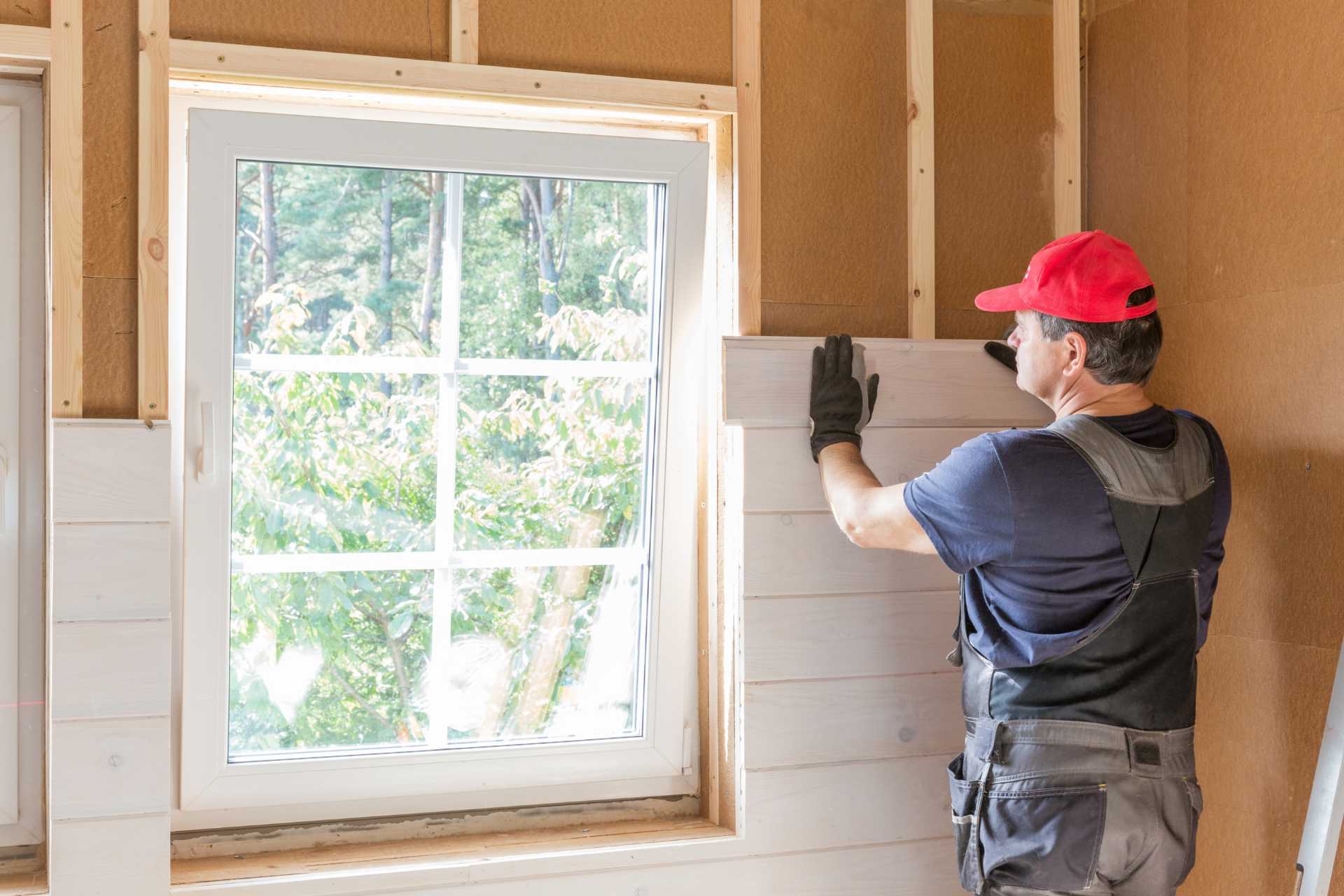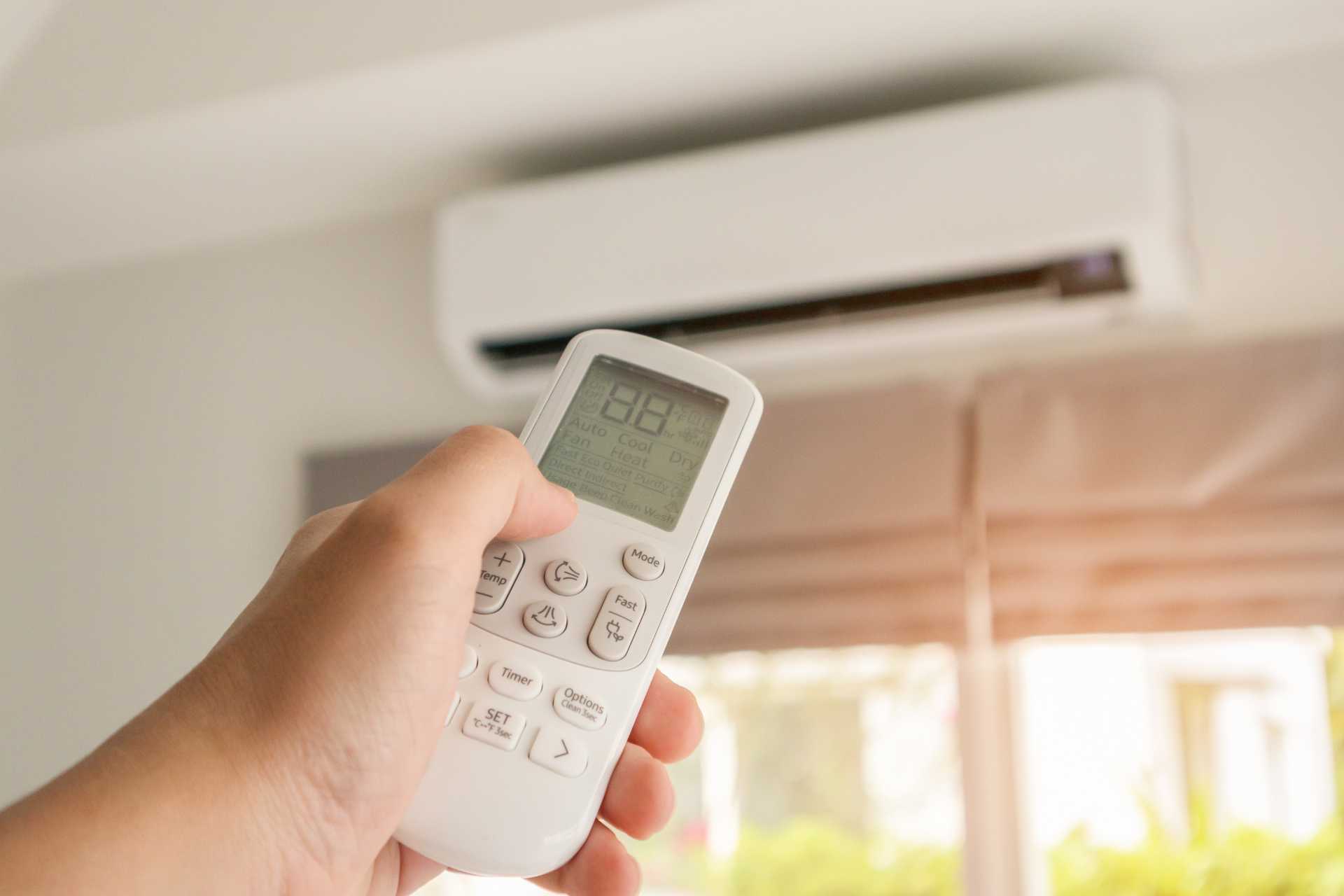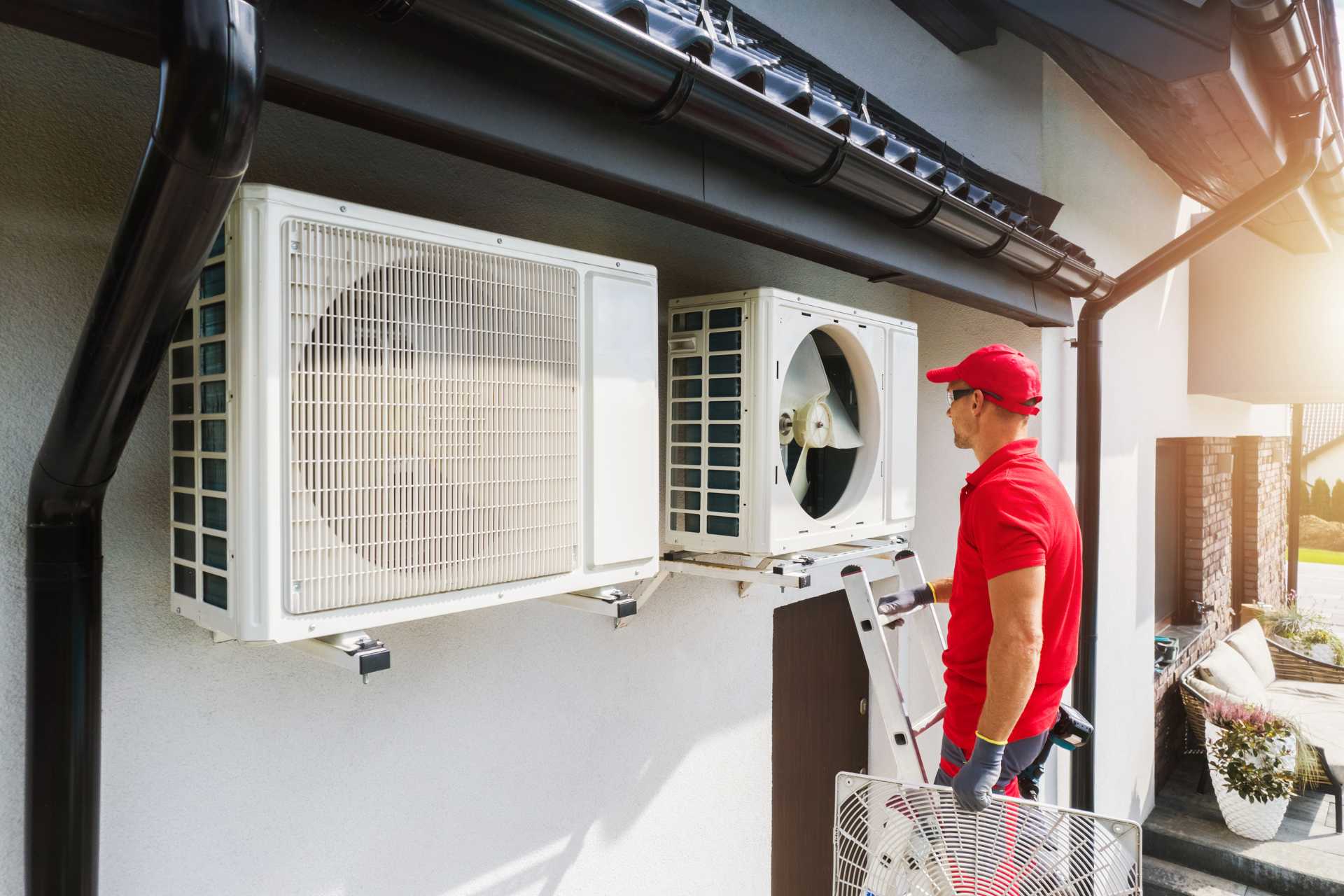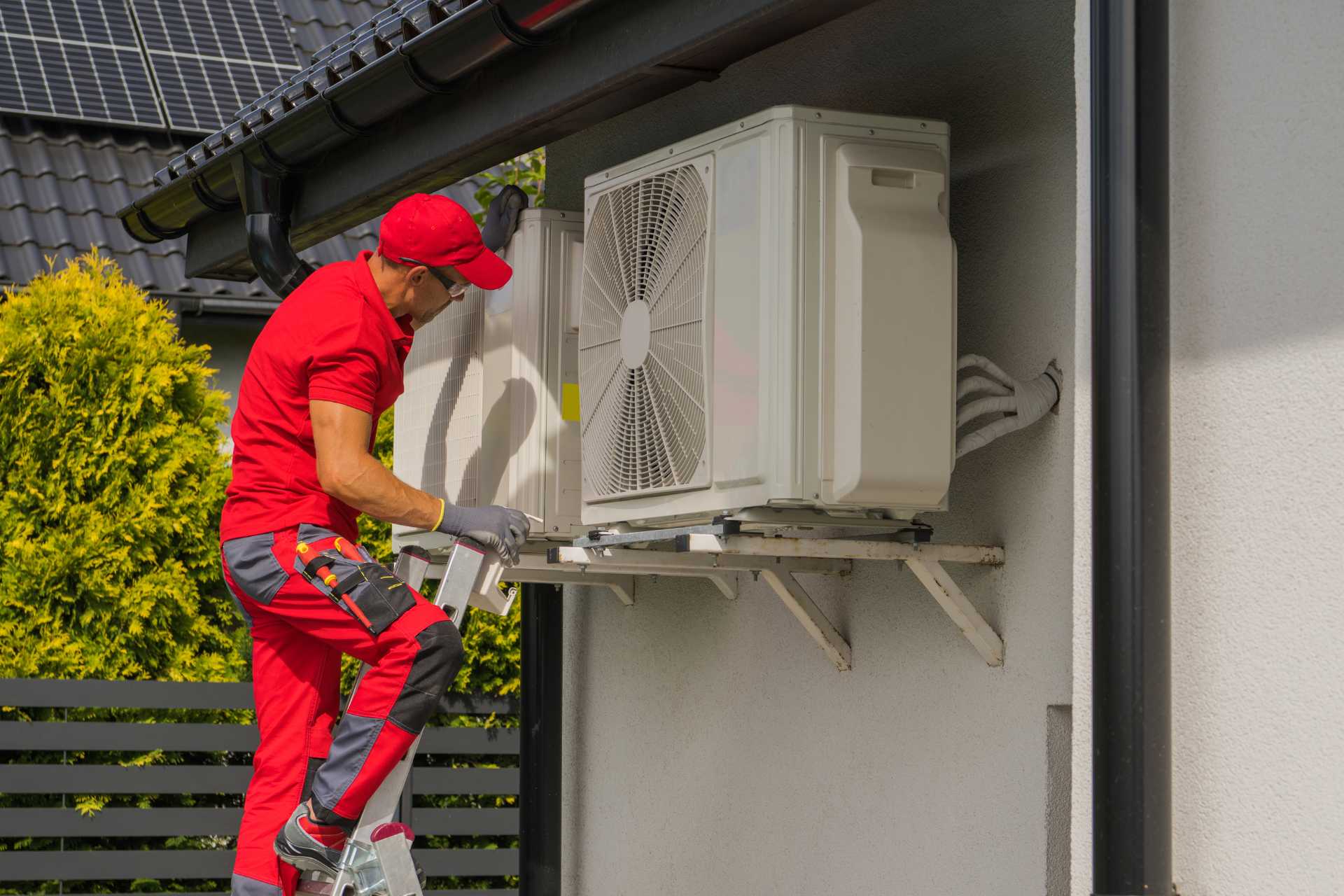How Home Insulation Affects Your HVAC System’s Efficiency

An HVAC system works hard to keep a home comfortable, but is it fighting a losing battle? You can have the most advanced furnace or air conditioner on the market, but if your home is poorly insulated, you are essentially trying to heat or cool the great outdoors—and paying a hefty price for it. The relationship between insulation and an HVAC system is a crucial partnership. Insulation’s job is to keep conditioned air inside, while the HVAC system’s job is to create it. One cannot work efficiently without the other. Before calling an HVAC company for a bigger unit, consider consulting a roofing company or insulation expert first. This guide will break down exactly how home insulation directly impacts your HVAC system’s performance, lifespan, and efficiency, revealing why it is a critical investment for both comfort and your wallet.
- Understanding the Teamwork: Insulation as Your HVAC’s Best Friend
- The Domino Effect: How Poor Insulation Overworks Your HVAC System
- It’s All About the “R-Value”: What Your Home Needs
- The Critical Zones: Where Insulation Matters Most for Your HVAC
- The Powerful Payoff: The Benefits of Upgrading Your Insulation
- Insulate First, Condition Second: Your Smartest HVAC Strategy
Understanding the Teamwork: Insulation as Your HVAC’s Best Friend
The primary role of insulation is to resist heat flow. In a Canadian winter, its main job is to prevent the cozy, heated air from escaping your home and to block the bitter cold from getting in. In the summer, it does the reverse, keeping the cool, conditioned air from leaking out while preventing the intense outdoor heat from penetrating your walls and attic. Think of your home as a bucket and your furnace or air conditioner as the faucet trying to keep it full of comfortable air. Poor insulation is like having holes in that bucket. The faucet has to run constantly just to keep up with what is leaking out, wasting a tremendous amount of energy and effort.
Good insulation effectively “plugs the holes” in that bucket. It creates a strong thermal barrier that drastically slows down this heat transfer. Once your HVAC system has brought the home to the desired temperature, a well-insulated space will hold that temperature for much longer. This allows the system to cycle off and rest until it is needed again. This simple teamwork is the absolute key to energy efficiency. It ensures that the energy used to heat or cool the air is not immediately wasted, allowing your HVAC unit to operate as it was designed—efficiently and effectively.
The Domino Effect: How Poor Insulation Overworks Your HVAC System
When a home lacks proper insulation, outdoor temperatures quickly influence the indoor environment. In winter, heat rapidly escapes through the attic, walls, and floors. This forces the thermostat to constantly signal the HVAC unit to turn back on to replace the lost heat. This leads to short, frequent cycles, or in extreme cases, causes the furnace to run almost continuously without ever achieving a stable, comfortable temperature. The same process happens in reverse during summer, as outdoor heat constantly infiltrates the home, forcing the air conditioner into non-stop operation.
This relentless operation puts immense strain on every part of the HVAC system. The compressor, fan motors, and electrical components are all forced to work harder and longer than they were designed to. This increased wear and tear leads directly to more frequent breakdowns, a greater need for costly repairs, and a significantly shorter operational lifespan for the entire unit. An HVAC system that is constantly running also uses a massive amount of electricity or gas. The harder it works to combat heat loss or gain, the less efficient it becomes, leading to a direct and often dramatic increase in monthly utility costs. Investing in insulation is a direct way to reduce your energy bills.
It’s All About the “R-Value”: What Your Home Needs
When discussing insulation, the term “R-value” is paramount. In simple terms, R-value is a measure of a material’s ability to resist the flow of heat. A higher R-value indicates better insulating performance. In a country with a climate as varied as Canada’s, having a high R-value is crucial for year-round comfort and efficiency. It creates a strong thermal barrier that keeps your home warm in the winter and cool in the summer, protecting it from extreme temperature swings. A proper thermal barrier is the foundation of an energy-efficient home.
Different areas of a home require different R-values to achieve optimal performance. Attics, for instance, are exposed to the most extreme temperature fluctuations and typically require the highest R-value insulation. Walls, floors, and basements also have specific recommended levels. Building codes in Canada provide minimum R-value requirements, but exceeding these minimums often provides even greater energy savings and comfort. A professional insulation contractor can perform an assessment to determine the correct R-values needed for your specific home and climate zone, ensuring an effective and balanced thermal envelope.
The Critical Zones: Where Insulation Matters Most for Your HVAC
While all parts of the home’s envelope are important, certain areas have a disproportionately large impact on your HVAC system’s workload. The attic or roof is the number one area of concern. It absorbs the most direct solar radiation in the summer and is a major point of heat loss in the winter. An uninsulated or poorly insulated attic acts like a giant radiator, transferring heat directly into your living spaces and forcing your HVAC system into overdrive. Proper attic insulation is often the single most effective upgrade for improving efficiency.
Exterior walls represent another major surface area for heat transfer, and ensuring they are properly insulated helps to create a complete and continuous thermal barrier. However, an often-overlooked area is the HVAC ductwork itself. If your ducts run through unconditioned spaces like an attic or crawlspace and are not insulated, you are losing a significant amount of energy. The heated or cooled air inside the ducts loses its temperature before it even reaches your rooms, making your system work much harder for less comfortable results. Insulating ductwork is a crucial step for system efficiency.
The Powerful Payoff: The Benefits of Upgrading Your Insulation
Upgrading your home’s insulation is an investment that pays itself over time, delivering a powerful and multifaceted return. The most immediate and appealing benefit is a drastic reduction in energy bills. By effectively trapping conditioned air inside, your HVAC system runs less often and more efficiently, leading to significant monthly savings on heating and cooling costs. This reduced workload also extends the lifespan of your expensive HVAC unit. By preventing constant cycling and strain, proper insulation helps your furnace and air conditioner last longer, delaying the need for a costly replacement.
Beyond the financial savings, the improvement in indoor comfort is profound. Insulation leads to more consistent temperatures throughout the home, eliminating drafts and hot or cold spots, creating a far more stable and pleasant living environment. It can even help manage indoor humidity levels. Furthermore, creating a well-insulated home might allow for HVAC “right-sizing” on your next home upgrade. Because a properly insulated home has a much lower heating and cooling load, it may require a smaller, less expensive, and more efficient HVAC unit when it comes time for replacement.
Insulate First, Condition Second: Your Smartest HVAC Strategy
The relationship between insulation and your HVAC system is not a casual one; they are inseparable partners in creating an efficient and comfortable home. Thinking of them as separate entities is a costly mistake. An uninsulated house forces even the best HVAC unit into a state of constant, inefficient struggle. Therefore, improving your insulation is not just a renovation project; it is an essential investment in the health, longevity, and performance of your entire heating and cooling system. Before you consider upgrading to a bigger, more powerful air conditioner or furnace, it is crucial to first strengthen your home’s thermal defence. It is the single most effective step you can take to lower your energy bills, extend the life of your HVAC unit, and enjoy true, consistent home comfort.



